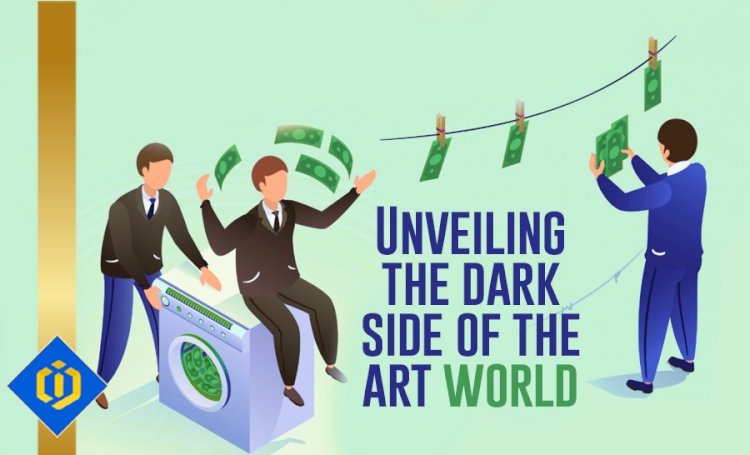The Art Market Undercover: Unmasking Criminal Exploitation and Illicit Activities in the Art World

The art world, once a bastion of creativity and self-expression, has unfortunately become a sanctuary for criminals looking to mask their illicit activities. The art market has become a breeding ground for money laundering, asset concealment, and untraceable fund transfers across borders.
The increasing prices of artworks, particularly in contemporary and modern art, have made the art market an attractive avenue for criminals. The value of artworks can skyrocket, with multimillion-dollar sales becoming more common. Criminals view the art market as the perfect opportunity to quietly move vast sums of money from their illegal activities.
The modus operandi starts with criminals obtaining cash through means such as drug trafficking, arms dealing, or money laundering. Rather than depositing the money into a bank account, they opt to purchase valuable pieces of art. Through auctions or private sales, the artwork is then sold to buyers, often in different countries, and the proceeds from the sale are transferred to a bank account under the guise of legitimate earnings from the art transaction.
This technique, commonly known as "art flipping," allows criminals to move substantial amounts of money without raising suspicion. They can then use these funds for lawful transactions or invest in legal assets. The art market's lack of regulation and transparency makes it an ideal conduit for money laundering.
Furthermore, criminals utilize art to conceal their illicit assets. High-value artworks are convenient to store and transport, making them an excellent tool for hiding illegal wealth. Criminals purchase artworks using ill-gotten funds and stash them in secure locations such as safety deposit boxes or private art collections.
Additionally, criminals exploit the art market to transfer funds undetected across borders. Given the global nature of the art market and the involvement of transactions in various currencies, it provides ample opportunities for the movement of funds. Art deals often involve intermediaries or shell companies, complicating efforts to trace the origins of the money back to its criminal roots.
Art dealers and auction houses have become more vigilant in detecting and preventing illegal activities within the art market. However, this task remains challenging due to the inherent lack of transparency and regulation in the industry.
To conclude, the art market has tragically become a magnet for criminals seeking to launder money, hide illegal assets, and covertly transfer funds across borders. Criminals utilize high-value artworks as a smokescreen to mask their nefarious activities and move significant amounts of money globally. The art market's absence of regulation and transparency exposes it to exploitation by criminals. Collaborative efforts among authorities, regulators, and the art industry are essential in monitoring the art market and curbing its abuse for criminal purposes.
Author: Pooyan Ghamari, Swiss Economist & Visionary

 content-team
content-team 






















